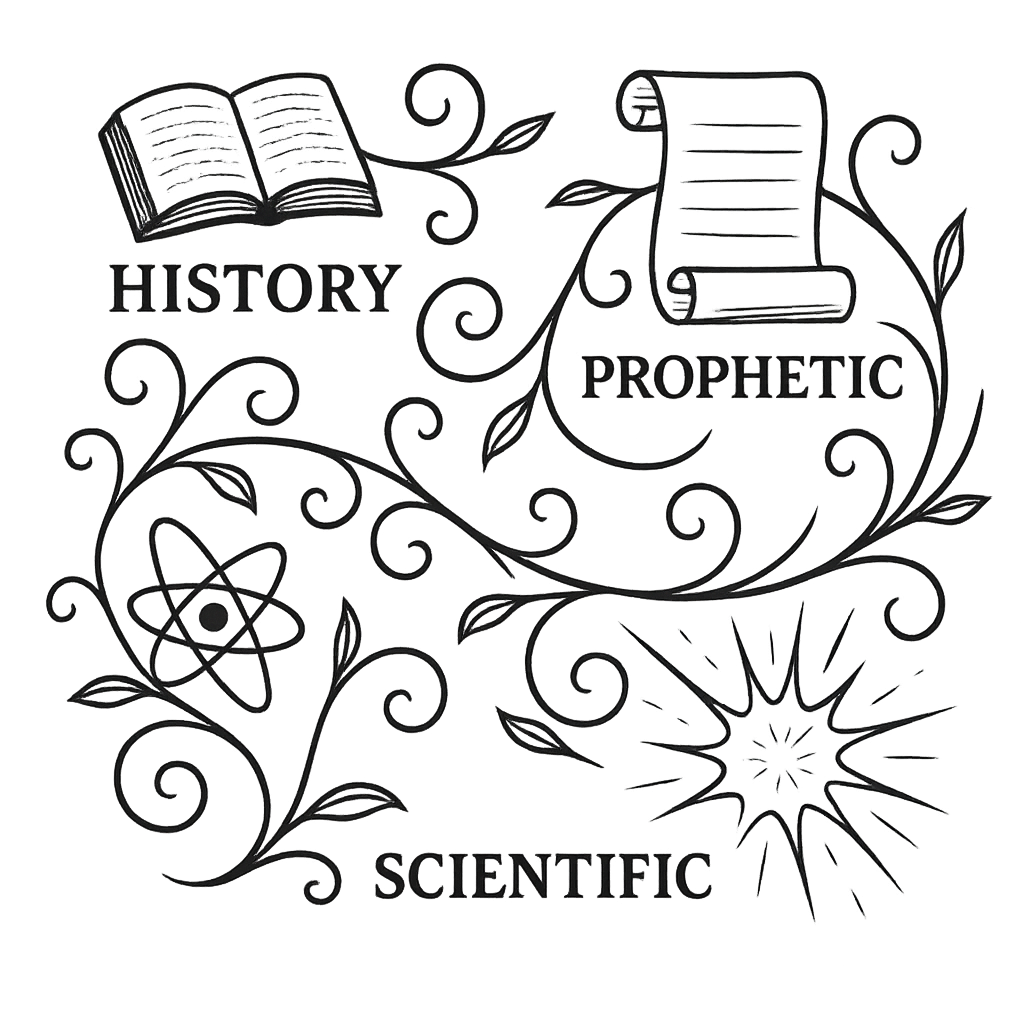The crucifixion of Jesus was not only a historical event but also the fulfillment of ancient prophecy, written centuries before Jesus’s birth. From the Passover lamb of Exodus to the words of David and Zechariah, the Gospels show that every detail of Christ’s death was foretold and accomplished in perfect alignment with Scripture.
🐑 The Passover Lamb and Unbroken Bones Prophecy
Exodus 12:46 (ESV) records God’s command regarding the Passover lamb:
“It shall be eaten in one house; you shall not take any of the flesh outside the house, and you shall not break any of its bones.”
This instruction was repeated in Numbers 9:12 and became central to Jewish understanding of the Passover meal. The lamb’s unbroken body symbolized purity, completeness, and the wholeness of God’s salvation.
Early Jewish tradition held tightly to this symbolism. Philo, a first-century Jewish philosopher, emphasized the integrity of the lamb as part of its sacrificial meaning. Later rabbinic writings also stressed that every part of the lamb must remain intact — a sign of its consecration to God.
When John the Baptist declared Jesus to be “the Lamb of God, who takes away the sin of the world” (John 1:29), he was pointing directly to this ancient imagery. Jesus was not just another sacrifice — He was the true Passover Lamb, foretold for generations.
🔨 Roman Crucifixion and the Practice of Broken Legs
Crucifixion was a brutal execution method. Victims could survive for days, suspended on the cross, their bodies slowly suffocating under their own weight. To speed up death, Roman executioners would often break the victim’s legs in a process called crurifragium, preventing them from pushing up to breathe, which led to rapid asphyxiation.
John 19:31–33 (ESV) records this exact moment:
“Since it was the day of Preparation, and so that the bodies would not remain on the cross on the Sabbath (for that Sabbath was a high day), the Jews asked Pilate that their legs might be broken and that they might be taken away. So the soldiers came and broke the legs of the first, and of the other who had been crucified with him. But when they came to Jesus and saw that he was already dead, they did not break his legs.”
What seems like a small detail is actually profound: the Romans, unknowingly, preserved the very sign of Jesus as the perfect Lamb. His bones remained unbroken, in complete fulfillment of Psalm 34:20 (ESV):
“He keeps all his bones; not one of them is broken.”
🗡️ The Spear in His Side: Proof of Death and Prophetic Fulfillment
Instead of breaking His legs, John 19:34 (ESV) says:
“But one of the soldiers pierced his side with a spear, and at once there came out blood and water.”
This action was both medical confirmation of death and theological fulfillment. Roman soldiers were trained to ensure crucifixion victims were truly dead before removal from the cross. The spear thrust into Jesus’ side served this very purpose.
Yet John points us beyond Roman practice, directing our attention to prophecy. Zechariah 12:10 (ESV) declares:
“When they look on me, on him whom they have pierced, they shall mourn for him, as one mourns for an only child, and weep bitterly over him, as one weeps over a firstborn.”
The Messiah would be pierced — not symbolically, but literally. And in that moment, with blood and water flowing, John saw prophecy fulfilled before his very eyes.
📜 Early Christian and Jewish Interpretation of Zechariah
Early Jewish and Christian interpreters recognized multiple layers in Zechariah 12:10. Some rabbinic traditions linked the verse to Messiah ben Joseph, a suffering messiah whose death would bring national mourning and repentance. Sources include the Babylonian Talmud (Sukkah 52a), Rashi (11th century), and medieval commentators such as Ibn Ezra, Abrabanel, and Alshech.
Other Jewish readings understood the piercing more metaphorically, as a symbol of communal or spiritual suffering, or even as referring to Israel as a whole. Modern scholarship confirms these diverse interpretations (Jewish Roots; Bible Hub; Theologia et Vita; One for Israel Ministry).
Early Christians, however, saw the literal fulfillment of these prophecies in Jesus: the unbroken bones, the pierced side, and the mourning over Him confirmed He was the promised Messiah. This diversity of Jewish interpretation underscores that the messianic reading was already present in Jewish thought, and that the Gospel accounts reflect a historically and theologically grounded perspective.
✝️ The Passover Lamb: Slain Yet Whole
The crucifixion shows us both the depth of Christ’s suffering and the perfection of God’s plan. Not one bone was broken. His side was pierced. Every detail was both history and prophecy intertwined.
And John, as if to underline its weight, adds in John 19:35 (ESV):
“He who saw it has borne witness—his testimony is true, and he knows that he is telling the truth—that you also may believe.”
For John, this wasn’t just memory. It was revelation. Jesus is the Lamb without blemish, slain for us yet kept whole — so that through His wounds, we are made whole.
📚 References
- Philo of Alexandria, Special Laws
- Justin Martyr, Dialogue with Trypho
- Tertullian, Against Marcion
- Babylonian Talmud, Sukkah 52a
- Rashi, Commentary on Zechariah 12:10
- Ibn Ezra, Commentary on Zechariah 12:10
- Abrabanel, Commentary on Zechariah
- Alshech, Commentary on Zechariah 12:10
- Bible Hub, Zechariah 12:10 Notes
- Jewish Roots, Zechariah 12:10 Commentary
- Jews for Judaism, Analysis of Zechariah 12:10
- One for Israel Ministry, The Case for Messiah—”Who is the Pierced One of Zechariah 12?!”

Leave a Reply